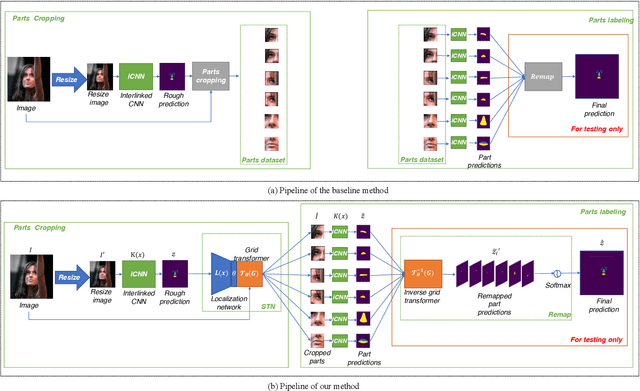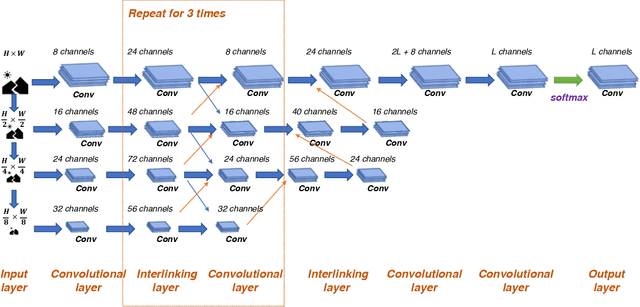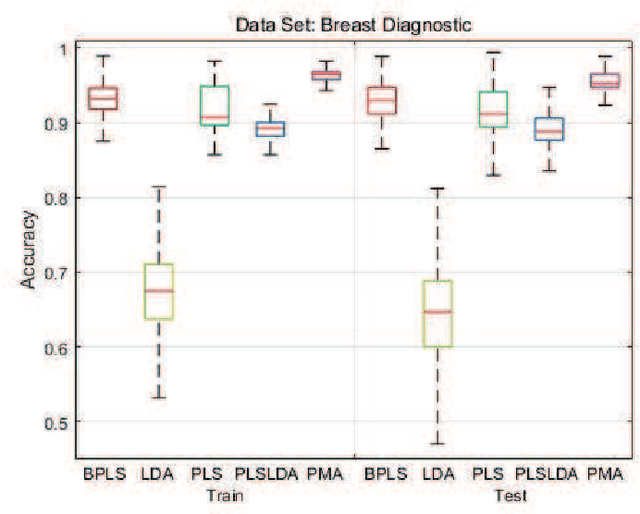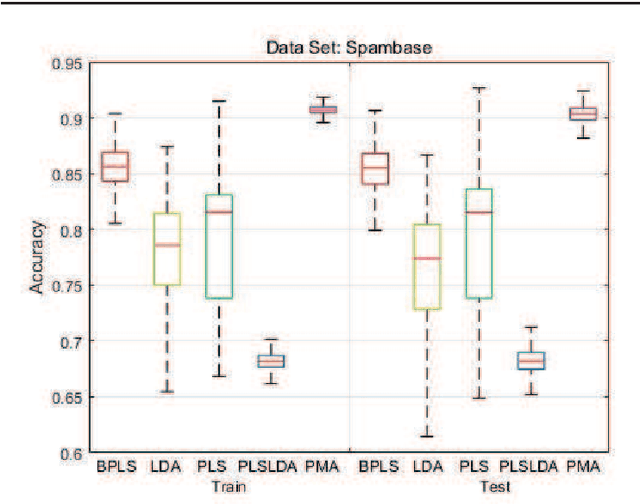Liang Tang
Enhancing binary classification: A new stacking method via leveraging computational geometry
Oct 30, 2024Abstract:Stacking, a potent ensemble learning method, leverages a meta-model to harness the strengths of multiple base models, thereby enhancing prediction accuracy. Traditional stacking techniques typically utilize established learning models, such as logistic regression, as the meta-model. This paper introduces a novel approach that integrates computational geometry techniques, specifically solving the maximum weighted rectangle problem, to develop a new meta-model for binary classification. Our method is evaluated on multiple open datasets, with statistical analysis showing its stability and demonstrating improvements in accuracy compared to current state-of-the-art stacking methods with out-of-fold predictions. This new stacking method also boasts two significant advantages: enhanced interpretability and the elimination of hyperparameter tuning for the meta-model, thus increasing its practicality. These merits make our method highly applicable not only in stacking ensemble learning but also in various real-world applications, such as hospital health evaluation scoring and bank credit scoring systems, offering a fresh evaluation perspective.
The Winning Solution to the iFLYTEK Challenge 2021 Cultivated Land Extraction from High-Resolution Remote Sensing Image
Feb 25, 2022



Abstract:Extracting cultivated land accurately from high-resolution remote images is a basic task for precision agriculture. This report introduces our solution to the iFLYTEK challenge 2021 cultivated land extraction from high-resolution remote sensing image. The challenge requires segmenting cultivated land objects in very high-resolution multispectral remote sensing images. We established a highly effective and efficient pipeline to solve this problem. We first divided the original images into small tiles and separately performed instance segmentation on each tile. We explored several instance segmentation algorithms that work well on natural images and developed a set of effective methods that are applicable to remote sensing images. Then we merged the prediction results of all small tiles into seamless, continuous segmentation results through our proposed overlap-tile fusion strategy. We achieved the first place among 486 teams in the challenge.
End-to-End Face Parsing via Interlinked Convolutional Neural Networks
Feb 12, 2020



Abstract:Face parsing is an important computer vision task that requires accurate pixel segmentation of facial parts (such as eyes, nose, mouth, etc.), providing a basis for further face analysis, modification, and other applications. In this paper, we introduce a simple, end-to-end face parsing framework: STN-aided iCNN (STN-iCNN), which extends interlinked Convolutional Neural Network (iCNN) by adding a Spatial Transformer Network (STN) between the two isolated stages. The STN-iCNN uses the STN to provide a trainable connection to the original two-stage iCNN pipe-line, making end-to-end joint training possible. Moreover, as a by-product, STN also provides more precise cropped parts than the original cropper. Due to the two advantages, our approach significantly improves the accuracy of the original model.
Principal Model Analysis Based on Partial Least Squares
Feb 06, 2019



Abstract:Motivated by the Bagging Partial Least Squares (PLS) and Principal Component Analysis (PCA) algorithms, we propose a Principal Model Analysis (PMA) method in this paper. In the proposed PMA algorithm, the PCA and the PLS are combined. In the method, multiple PLS models are trained on sub-training sets, derived from the original training set based on the random sampling with replacement method. The regression coefficients of all the sub-PLS models are fused in a joint regression coefficient matrix. The final projection direction is then estimated by performing the PCA on the joint regression coefficient matrix. The proposed PMA method is compared with other traditional dimension reduction methods, such as PLS, Bagging PLS, Linear discriminant analysis (LDA) and PLS-LDA. Experimental results on six public datasets show that our proposed method can achieve better classification performance and is usually more stable.
 Add to Chrome
Add to Chrome Add to Firefox
Add to Firefox Add to Edge
Add to Edge